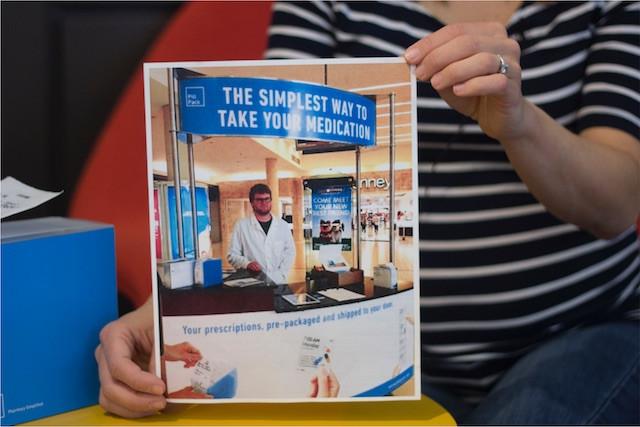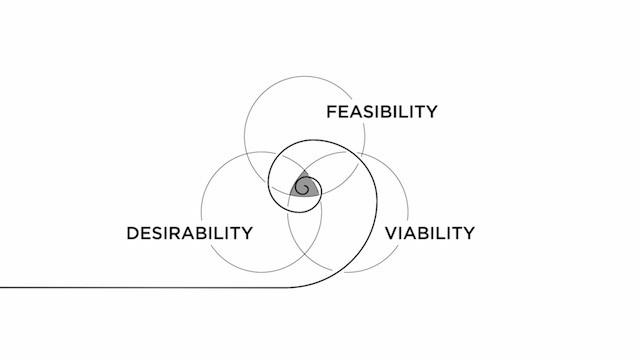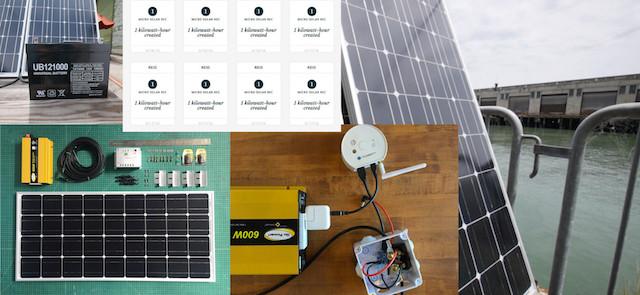How to Prototype a New Business
“What assumptions have to be true for this business to work?
–Joe Gerber, IDEO CoLab Managing Director
In our Creative Confidence series chat with IDEO CoLab Co-Managing Director Joe Gerber, we explored the world of business prototyping. In his early days as a Business Designer at IDEO, Joe noticed that experimenting and prototyping were an essential part of IDEO’s process and became curious about prototyping something complicated and abstract like a business. Applying the design approach and philosophy to new business ventures with techniques like prototyping creates a clearer path forward.
Here are a few highlights from Joe and Suz’s discussion on prototyping new businesses. To go deeper, learn how to design and prototype every aspect of your business in our online course, Designing a Business.
Prototype Your Business
When prototyping a business, start by asking the right questions. Determine what assumptions have to be true for this business to work and design experiments to test your assumptions.
For example, PillPack—a full-service online pharmacy that delivers your daily prescriptions in easy-to-use packages—wanted to test pricing and value propositions. They branded a kiosk in a mall where the CEO talked with potential customers. While online prototypes can be great, this instance of live prototyping allowed the team to learn directly from prospective customers, have conversations, ask follow-up questions, and get real-time feedback about the business. We call this a “lemonade stand” prototype.
“Lemonade stand” prototypes are a great way to get direct customer feedback about your business and answer questions around your value proposition assumptions.

Question Desirability, Viability, and Feasibility
One tricky and exciting thing about building a business is that to succeed, all the pieces have to work in harmony—the value proposition, pricing, financial model, etc—so often you’re testing how these different pieces work together. Joe and CoLab use the three IDEO circles: desirability, feasibility, and viability to guide what questions they’re going to test.
Desirability
What’s the unique value proposition? Do people want this product or service? Does it make sense for them?
Viability
Can we build a sustainable business? What has to be true for this business to work? What are the costs? How will you pay for it?
Feasibility
Does this work? Is it functionally possible in the foreseeable future?

Prioritize Your Assumptions
Create a long list of questions with desirability, viability, and feasibility in mind. Try to prioritize assumptions. Which questions are dependent on an answer from the other questions? Have conversations to determine what needs to be true for your business to be a desirable, viable, and feasible endeavor.
Business Prototyping Resources
Here are some tools that Joe, CoLab, and other IDEOers use for prototyping new ventures:
- The business model canvas
- Tom Hulme's (Google Ventures) business model canvas
- Discovery-driven planning (Refresher)
- Prototyping Tools
Nerding Out
CoLab prototyped an internet-connected solar panel that generates renewable energy credits that can be sold on carbon markets. They’re now working with CoLab member Nasdaq to move forward a pilot with a major solar field.

Learn how to prototype and design every aspect of your business in our online course, Designing a Business.
- choosing a selection results in a full page refresh
- press the space key then arrow keys to make a selection



